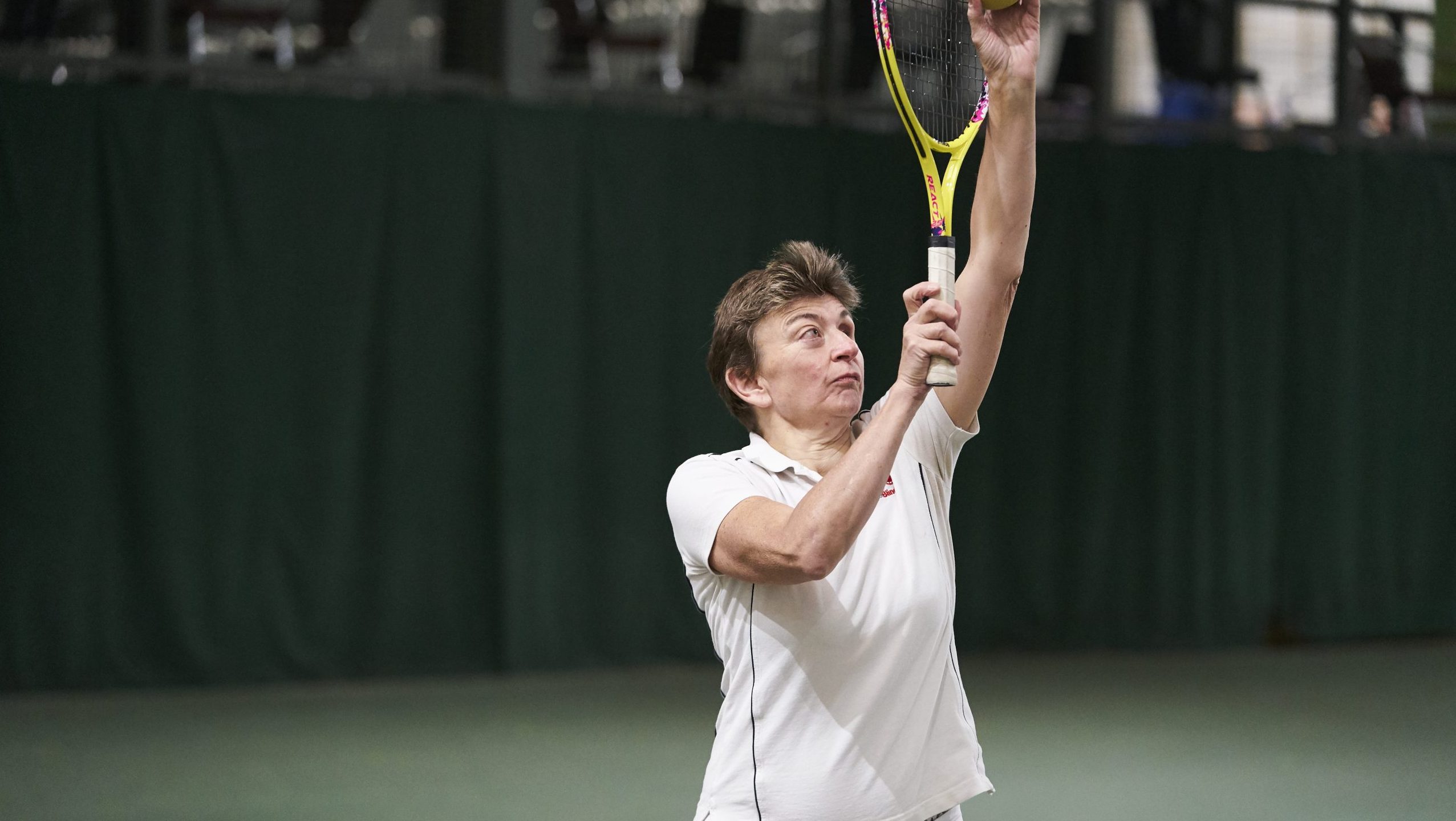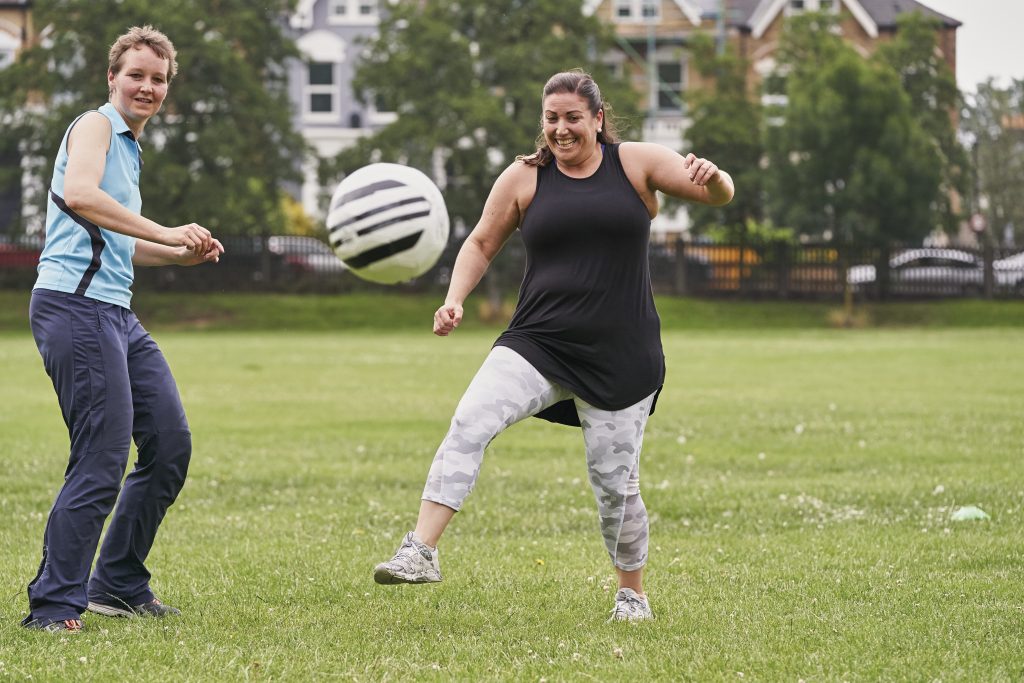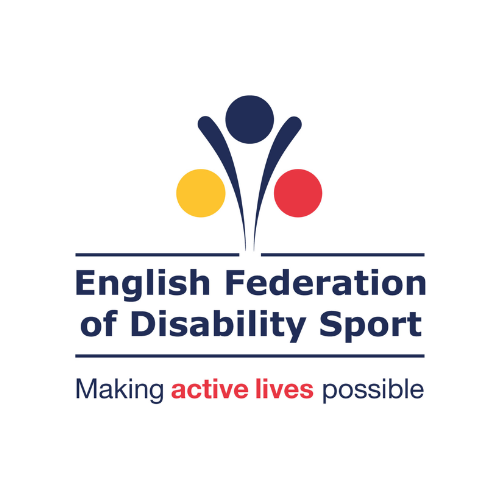Women with a visual impairment were chosen as the focus of this exploratory research for two reasons. Firstly, sports participation is low among people with a visual impairment, even compared with other disability groups. Secondly, women are more likely to have a visual impairment.
By understanding the lives of visually impaired women, Women in Sport and British Blind Sport sought to explore the barriers to sport and physical activity that exist for this group, as well as the priorities that underpin their choices about engagement with activity.




